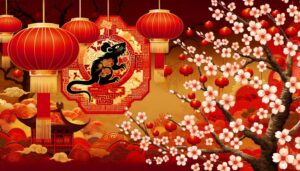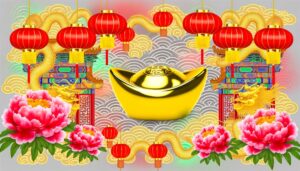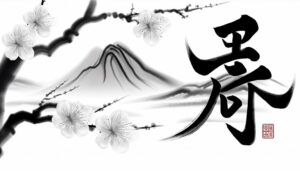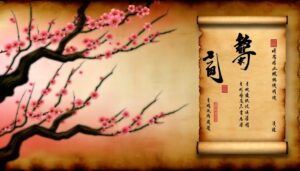What Are Chinese Symbols for Peace and Harmony?
The Chinese symbol for peace and harmony encompasses a profound synthesis of ancient philosophies and cultural dimensions. Rooted in Confucianism's societal order, Daoism's yin and yang, and Buddhism's inner serenity, this emblem represents enduring equilibrium and unity.
Historically, it appeared in diplomatic treaties and societal contracts, symbolizing collective ethos. Revered in ceremonies and depicted across calligraphy, pottery, and architecture, its significance endures through elements such as balanced Feng Shui design.
By understanding these facets, one gains insight into how the symbol continues to inspire tranquility and unity in contemporary contexts. Discover more about its historical layers and philosophical depths.
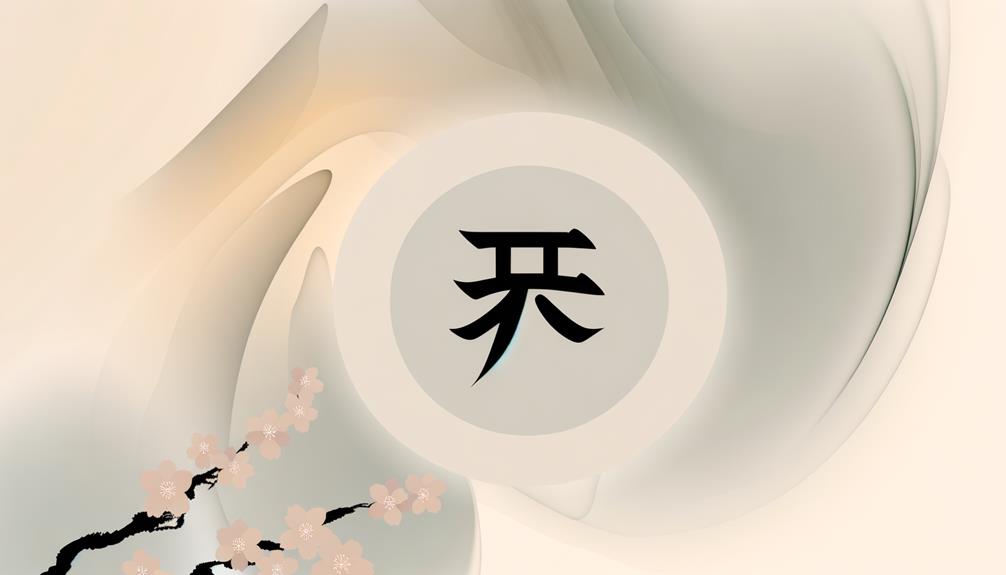
Key Takeaways
- The Taijitu (Yin-Yang) symbol represents balance, unity, and harmony in Taoist philosophy.
- The Chinese character '和平' (Hépíng) directly translates to 'peace' and 'harmony'.
- The 'Five Elements' theory in Feng Shui promotes harmonious living by balancing earth, water, fire, wood, and metal.
- The Lotus flower symbolizes purity and inner peace in Buddhist traditions.
- The Confucian concept of 'Ren' (仁) signifies altruism and societal harmony.
Historical Origins
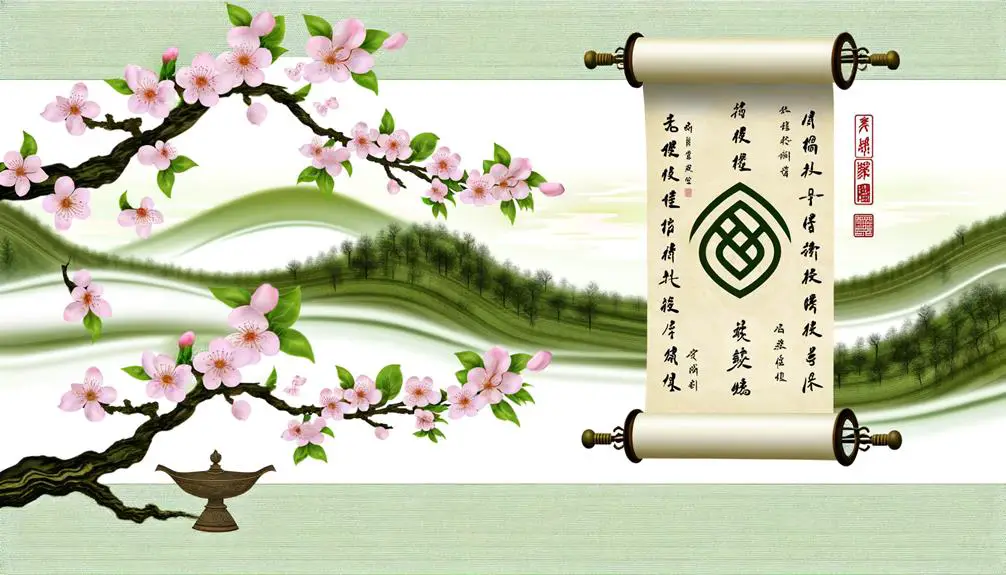
The historical origins of the Chinese symbol for peace and harmony can be traced back to ancient Chinese philosophy and religious practices, including those influenced by Confucianism, Daoism, and Buddhism. Confucianism emphasized societal order and moral virtues, promoting harmony among individuals and within the state.
Daoism introduced the concept of yin and yang, embodying balance and unity. Meanwhile, Buddhism, with its arrival in China around the first century AD, brought notions of inner peace and universal compassion. These philosophical and religious traditions collectively shaped the symbol's development.
Historical texts and artifacts, such as the Confucian classics and Daoist scriptures, provide evidence of these early influences, underlining their foundational role in defining the symbol for peace and harmony in Chinese culture.
Symbolic Meaning
In Chinese culture, the symbol for peace and harmony is imbued with profound meanings that reflect the intricate interplay of philosophical traditions, historical contexts, and cultural values.
Rooted in Confucian ideals, it emphasizes societal order and moral rectitude. Taoist influences underscore balance and the natural order, encapsulated in the yin-yang concept.
Historically, the character 和 (hé), meaning harmony, has been central to diplomatic treaties and social contracts, signifying unity and collective well-being.
Additionally, the Buddhist notion of inner peace complements these external harmonies, merging spiritual tranquility with communal stability.
This symbol transcends mere aesthetics, serving as a codification of millennia-old wisdom that bridges individual dispositions with the collective ethos of Chinese society.
Cultural Significance

A pivotal element of Chinese cultural heritage, the symbol for peace and harmony is intertwined with rituals, art, and social practices, reflecting its deep-rooted presence in everyday life and collective identity.
Historically, this symbol has been depicted in ancient calligraphy, pottery, and architecture, embodying the societal aspiration for unity and balance. Emperors and common folk alike revered it, integrating it into Confucian and Buddhist ceremonies, thereby perpetuating its influence across generations.
Festivals and communal gatherings often featured this emblem, serving as a reminder of societal values. In modern times, it continues to be a potent symbol in public spaces and homes, evoking a sense of historical continuity and cultural pride, underscoring its enduring relevance.
Taoist Influence
Taoist philosophy, with its deep emphasis on balance and natural harmony, has greatly shaped the conceptualization and reverence of the Chinese symbol for peace and harmony. Rooted in ancient texts like the Tao Te Ching, the Taoist worldview promotes the concept of 'wu wei' (non-action) and the harmonious coexistence of opposites, such as yin and yang. This rich philosophical tradition underscores the importance of equilibrium and unity, which are intrinsic to the symbol's meaning.
| Concept | Taoist Influence |
|---|---|
| Yin and Yang | Balance and duality, foundational in peace symbolism. |
| Wu Wei | Effortless action, aligning with natural harmony. |
| Tao Te Ching | Texts that propagate balance and peace. |
| Five Elements | Interconnectedness, contributing to harmony. |
| Immortality | Spiritual peace and eternal harmony. |
Understanding these elements enriches the appreciation of the symbol's profound cultural significance.
Feng Shui Applications

Feng Shui, an ancient Chinese practice of spatial arrangement, integrates the symbol for peace and harmony to cultivate a balanced and serene living environment. Historically rooted in Taoist philosophy, Feng Shui emphasizes the harmonious flow of Qi (energy) through spaces.
The symbol for peace and harmony plays a pivotal role in this practice by:
- Placement of Symbols: Strategically placing the symbol in key areas to enhance tranquility.
- Elemental Balance: Ensuring that the five elements (wood, fire, earth, metal, and water) are harmoniously represented.
- Directional Alignment: Aligning structures and objects according to cardinal directions to optimize energy flow.
These practices, deeply embedded in Chinese culture, aim to foster a peaceful coexistence with nature and the cosmos.
Modern Interpretations
In contemporary society, the Chinese symbol for peace and harmony has transcended its traditional roots, finding new applications and interpretations across various cultural and artistic domains. In fashion, it adorns clothing and accessories, symbolizing a global longing for tranquility.
Artists incorporate it into modern art, merging ancient wisdom with contemporary aesthetics. Digital platforms utilize the symbol in emojis and graphics, fostering cross-cultural communication. Historically revered for its philosophical depth, the symbol now represents a universal aspiration for unity and balance amid global tensions.
Its integration into international design underscores a collective yearning for peace, reflecting both historical reverence and modern relevance. This evolution highlights its enduring significance in promoting harmony across diverse contexts.
Personal Reflections
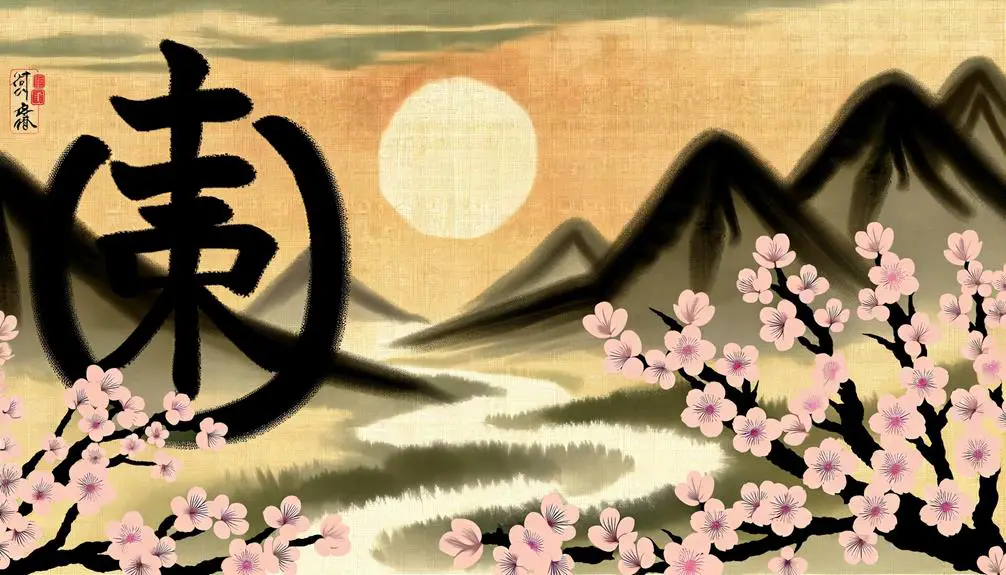
As the Chinese symbol for peace and harmony continues to permeate various aspects of modern life, it prompts personal reflections on its profound impact and the timeless wisdom it encapsulates. This symbol, deeply rooted in Chinese philosophy, evokes:
- Historical Resonance: Its origins trace back to ancient Chinese texts, emphasizing societal balance.
- Cultural Significance: It embodies Confucian ideals, promoting familial and societal unity.
- Contemporary Relevance: In today's globalized world, it serves as a reminder of the universal quest for tranquility.
Reflecting on this symbol reveals its enduring relevance. It not only bridges historical and cultural contexts but also offers a guiding principle for maneuvering modern complexities. Its essence remains a beacon of peace, resonating across temporal and spatial boundaries.
Conclusion
The Chinese symbol for peace and harmony holds a multifaceted significance shaped by historical, cultural, and philosophical contexts.
Rooted in ancient traditions and influenced by Taoist principles, it continues to play an essential role in both traditional and contemporary settings.
For instance, in modern interior design, the incorporation of this symbol within Feng Shui practices aims to create balanced and harmonious living spaces, reflecting its enduring relevance and adaptability across different eras and cultural practices.

